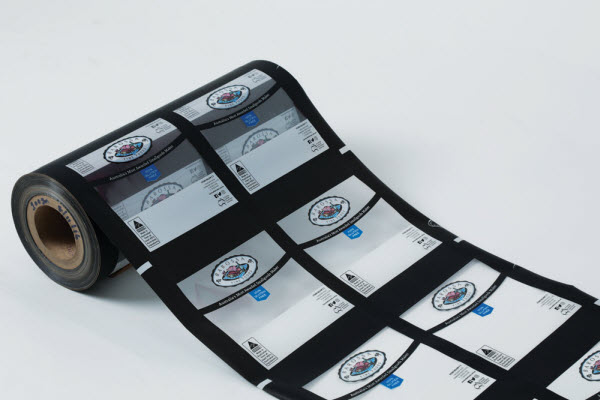Lamination Films are widely used in the packaging for food & non-food products. The films are used for both wet and thermal applications. They are also biodegradable.
Is Lamination Films Biodegradable?
Lamination films are a new environmental alternative to plastic and paper lamination. These films break down in natural environments and do not cause harm to the environment. However, the decomposition process of these films takes a very long time.
In order to make lamination films, companies are experimenting with various materials. Various polymers are used to develop the biodegradable films. One of these polymers is Polylactic acid. It is a polyester derived from sugar cane. The resin is also flexible and durable.
Another biodegradable material is cellulose acetate. This is a renewable resource. It can be processed directly into films, as opposed to conventional laminates which use adhesives.
Biodegradable and compostable lamination films are being developed to meet the growing demand for eco-friendly products. Several industries, including packaging and printing, are now targeting the printer market to adopt such environmentally friendly products.
Moreover, the COVID-19 pandemic and after effects has expected to increase the demand for antimicrobial and compostable lamination films. These products are being enhanced with antimicrobial additives. They also promote a healthy working environment and prevent VOC emissions. Several commercial multilayer films consist of three to nine layers of different polymers.
Biodegradable lamination film can be made from polylactic acid or polybutylene succinate (PBS). Both of these are biodegradable. These films are produced through vacuum forming, cast film process, and extrusion coating. They may be applied to substrates such as solids, non-woven fabrics, and flexible packages.
 Types of Lamination Films
Types of Lamination Films
Lamination films are an extremely useful packaging material that provides barrier properties and improves the strength of products. It also enhances their appearance and provides a longer shelf life. These films are used for a number of applications, including food and pharmaceuticals.
There are several types of laminate film available in the market, such as PET, nylon, BOPP, polyethylene, and polypropylene. These films are manufactured using various synthetic resins. They are usually pressed onto a less absorbent substrate and adhesive is applied to provide a strong bond.
 Among these, polyesters are frequently used for heat sealing. Polyesters are also used for a number of other applications, such as printing and medical devices. Polyethylene, however, is most commonly used for packaging.
Among these, polyesters are frequently used for heat sealing. Polyesters are also used for a number of other applications, such as printing and medical devices. Polyethylene, however, is most commonly used for packaging.
Another type of lamination film is a biodegradable film. Manufacturers are working on the development of these films to meet the stringent requirements of the food industry. In addition to being compostable, they contain antimicrobial additives. Moreover, the biaxially oriented threads make these films stronger and less prone to tear.
Using a biodegradable film is a good way to minimize the carbon footprint. The production processes are hygiene certified to correspond to the strict food industry standards. However, investing in a high-quality film can be expensive. Therefore, manufacturers are competing to offer better, more affordable biodegradable lamination films.
Regulatory bodies are urging the manufacturing industry to focus on sustainability. To this end, manufacturers are diversifying their business activities in essential applications. For example, some manufacturers are developing biodegradable lamination films that contain metallic silver particles.
As a result, the global lamination films market has undergone substantial changes. The industry is primarily segmented by materials, thickness, end user, and region. The global market is estimated to reach a modest CAGR of 5.6%.
Increasing product development and research & development activities are contributing to the development of innovative lamination films. Additionally, a number of companies in the lamination films industry are producing co-extruded films.
Although the industry has faced some challenges due to the recent coronavirus pandemic, it is expected to continue its growth. This growth is driven by the growing demand for protective laminated films that stave off germs and viruses.

 Types of Lamination Films
Types of Lamination Films